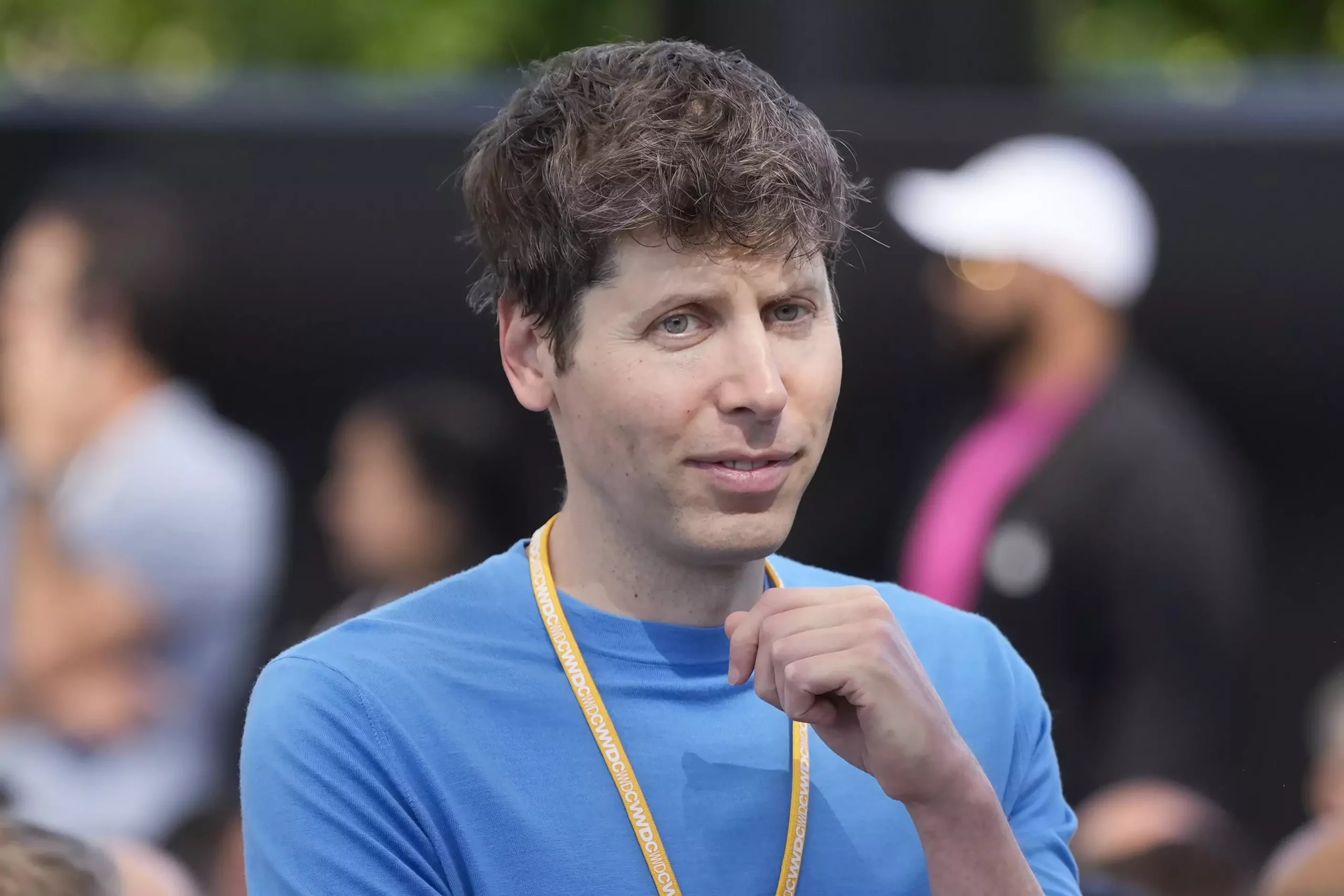OpenAI has steered itself into uncharted waters as its valuation skyrockets to $157 billion. Initially conceived as a nonprofit organization focused on developing artificial intelligence for the benefit of humanity, OpenAI is now reevaluating its structural integrity amidst rising tensions over its dual for-profit and nonprofit nature. With the legacy of its original mission at stake, stakeholders from academia to regulatory bodies are questioning whether the organization has drifted from its charitable foundations.
OpenAI’s unique structure, which involves a nonprofit entity operating alongside for-profit subsidiaries, raises significant ethical and legal concerns. Scholars like Jill Horwitz from UCLA have highlighted that, in a conflict between nonprofit initiatives and for-profit gains, the nonprofit’s altruistic goals must prevail. This intrinsic tension could initiate costly legal ramifications if regulators determine that the organization is not adequately fulfilling its public promise. Horwitz articulates that the responsibility to maintain this promise extends to the board, regulators, and ultimately, the judicial system.
In recent months, the company’s turmoil was exacerbated by the dramatic ousting and subsequent reinstatement of its CEO, Sam Altman. This internal chaos has provoked discussions about a potential corporate restructure, although specifics remain scarce. Initial discussions suggest the possibility of transforming OpenAI into a public benefit corporation, which would afford the organization greater flexibility in addressing its dual nature. Moving in this direction could resolve inconsistencies in governance and financial accountability; however, the board has not finalized any decisions, signaling a cloud of uncertainty over its strategic future.
If OpenAI does transition away from its nonprofit model, the financial implications could be profound. Nonprofit organizations, according to IRS regulations, are obligated to keep any assets within the charitable domain—even if overarching changes occur within their corporate structure. For OpenAI, this may necessitate complex financial assessments regarding what constitutes their assets—ranging from intellectual property to commercial products and licenses. Experts suggest that any significant asset transfers to for-profit subsidiaries could trigger a requirement for fair market compensation back to the nonprofit.
Increasingly, observers view OpenAI’s operational model as attracting regulatory attention, particularly from the IRS and state attorneys general. Bret Taylor, chair of OpenAI’s nonprofit board, assures that any future restructuring will focus on maintaining the nonprofit’s viability and ensuring its assets are adequately compensated. This commitment indicates an awareness of the broader implications of their operational choices on both legal standing and public trust.
As OpenAI pivoted from its foundational objectives to accommodate advancements in technology and market demands, its declared mission has also come under scrutiny. The organization’s initial vision focused on advancing AI safety and altruistically serving humanity’s needs, without the pressure to deliver financial returns. However, as Altman and team shifted towards profit-driven models, critics—some including co-founders and tech luminaries—have raised concerns about the dilution of OpenAI’s core values.
While Liz Bourgeois, a spokesperson for OpenAI, maintains that the organization’s fundamental goals remain intact, skepticism abounds, primarily from figures like Elon Musk and Geoffrey Hinton, an AI pioneer. Hinton’s observations on OpenAI’s trajectory suggest a worrying trend where profitability supersedes safety, a reversal of the organization’s original ethos. As key figures depart the nonprofit and establish competing firms, questions of loyalty and safety arise, threatening OpenAI’s public image and moral legitimacy.
At the heart of this looming crisis lies the question of governance within OpenAI’s nonprofit board. Andrew Steinberg, a counsel specializing in nonprofit law, emphasizes that regulatory bodies will scrutinize the decision-making process of board members more than the outcomes of their decisions. Their focus will likely center on whether there is a potential conflict of interest and whether board members stand to gain financially from changes in structure.
Regulatory compliance and adherence to nonprofit standards become paramount as OpenAI navigates its future path. Should board members benefit in specific scenarios, such conduct could trigger severe repercussions from oversight authorities, emphasizing the need for transparency and accountability in every organizational maneuver.
OpenAI stands at a crossroads, grappling with the complexity of harmonizing its original intentions with the demands of a rapidly evolving marketplace. As the organization weighs its options, balancing profit motives against a commitment to humanity’s welfare will be critical in determining both its future and legacy. The path ahead may be fraught with challenges, but how OpenAI manages these dilemmas will likely serve as a defining moment in the moral landscape of artificial intelligence development.


Leave a Reply